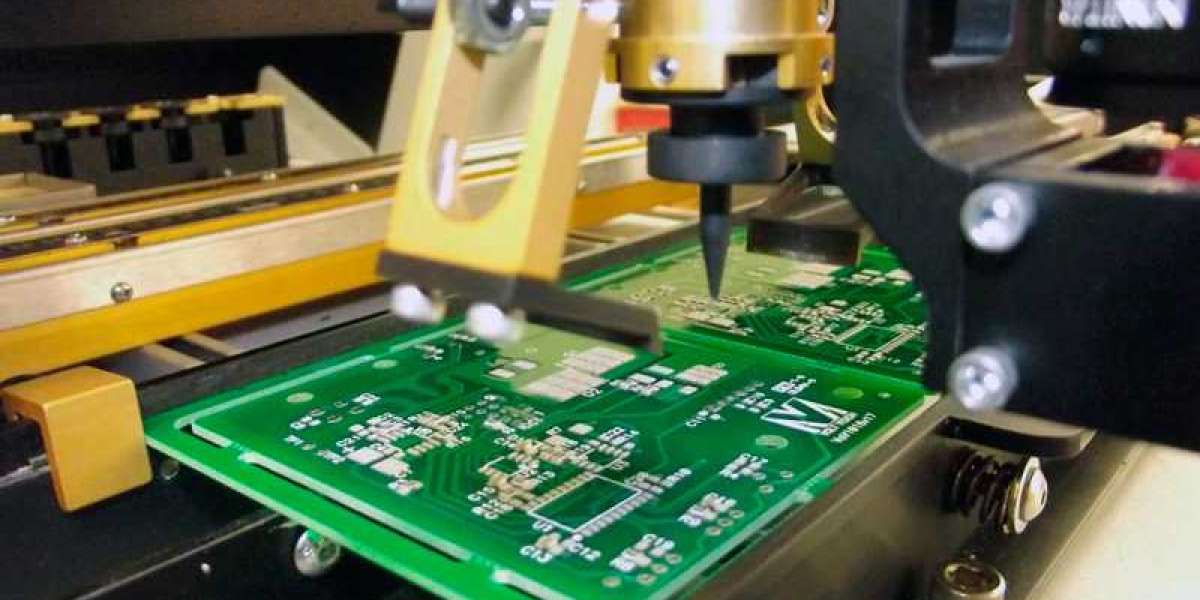In the ever-evolving realm of electronics design, selecting the optimal printed circuit board (PCB) type is crucial for ensuring functionality, performance, and size constraints are met. While single- and double-layer PCBs have served as the foundation for many electronic devices, the growing demand for miniaturization and complex functionality necessitates a powerful alternative: multilayer PCBs.
This blog post serves as a comprehensive guide, helping you decide when to incorporate multilayer PCBs into your electronic design projects. We'll delve into the key factors to consider, explore the advantages of multilayer PCBs, and provide real-world examples to illustrate their ideal applications.
Understanding the Need for Multilayer PCBs
Several key factors indicate that a multilayer PCB might be the most suitable choice for your design:
- Component Density: If your design necessitates a high number of electronic components, a single- or double-layer PCB might become overcrowded, leading to routing challenges and potential signal integrity issues. Multilayer PCBs provide additional real estate to accommodate a denser component population.
- Signal Integrity Concerns: High-speed designs or those involving sensitive signals benefit significantly from multilayer PCBs. The shorter signal paths within these boards minimize signal loss and crosstalk (interference between signals), ensuring reliable signal transmission.
- Space Constraints: In applications where miniaturization is paramount, multilayer PCBs offer a significant advantage. By stacking conductive layers, they achieve the same functionality in a smaller footprint compared to single- or double-layer PCBs. This is essential for compact devices like smartphones, wearables, and hearing aids.
- Design Complexity: Complex electronic designs often require intricate routing of signals between components. Multilayer PCBs provide the necessary flexibility to achieve efficient routing, optimize trace lengths, and maintain signal integrity within the confines of a compact board.
Advantages of Multilayer PCBs:
- Increased Functionality: By incorporating more conductive layers, multilayer PCBs enable the integration of complex circuitry within a smaller space. This allows for the inclusion of additional features and more powerful processing capabilities in your electronic device.
- Improved Signal Performance: Shorter signal paths and controlled impedance within multilayer PCBs minimize signal loss and crosstalk, leading to reliable and high-speed signal transmission.
- Reduced Board Size: Compared to single- or double-layer PCBs with equivalent functionality, multilayer PCBs offer a significant reduction in overall board size. This is crucial for space-constrained applications.
- Enhanced Design Flexibility: The layered structure of multilayer PCBs provides greater freedom for designers to optimize trace lengths, minimize signal integrity issues, and achieve superior electrical performance.
Real-World Applications of Multilayer PCBs
The advantages of multilayer PCBs make them the preferred choice for a wide range of electronic devices:
- Consumer Electronics: Smartphones, tablets, laptops, and wearables all rely on multilayer PCBs to pack immense processing power, memory, and advanced features into a sleek and portable form factor.
- Medical Devices: Pacemakers, defibrillators, and other medical devices benefit from the miniaturization and functionality offered by multilayer PCBs, enabling the creation of life-saving devices that are smaller, lighter, and more comfortable for patients.
- Telecommunication Equipment: Routers, switches, and other networking devices utilize multilayer PCBs to handle high-speed data transmission and complex signal processing within compact enclosures.
- Industrial Electronics: Industrial control systems, automation equipment, and advanced machinery often leverage multilayer PCBs due to their ability to handle complex signal processing and harsh operating environments.
- Aerospace and Defense Electronics: Multilayer PCBs are crucial for avionics, navigation systems, and other critical equipment in the aerospace and defense industries, where miniaturization, reliability, and high performance are paramount.
Making an Informed Decision: Multilayer vs. Single/Double-Layer PCBs
While multilayer PCBs offer numerous advantages, it's essential to consider their potential drawbacks:
- Increased Cost: Multilayer PCBs typically involve higher manufacturing costs compared to single- or double-layer PCBs due to the complexity of the fabrication process.
- Design Complexity: Designing multilayer PCBs requires specialized expertise to ensure proper layer stackup, impedance control, and manufacturability.
- Longer Lead Times: The fabrication process for multilayer PCBs can be more time-consuming compared to simpler PCB types.
Therefore, carefully evaluate your design requirements against these considerations. If your project prioritizes miniaturization, high functionality, and signal integrity, and can accommodate the potential increase in cost and design complexity, multilayer PCBs are the ideal choice.








